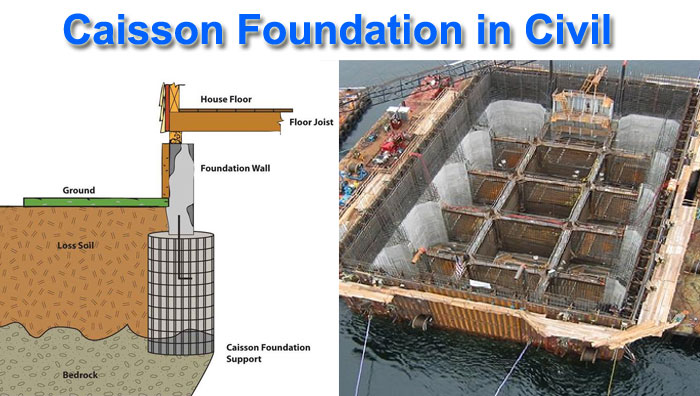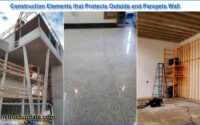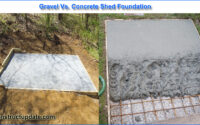Caisson Foundation Types | Caisson Foundation Advantages, Disadvantages and Application
What Is Caisson Foundation and What Does It Do?
Caisson is deep foundations typically dug or submerged in water to reach solid bedrock. They provide structural integrity, water resistance, underground maintenance capabilities, pumping, and more.
Caisson foundations are watertight constructions consisting of wood, steel, and reinforced cement concrete (R.C.C.) that are built in conjunction with excavation for the foundation of piers, bridges, and dock structures, among other things.
Caisson is a term that refers to a box-like construction. It’s a large-diameter foundation that’s commonly used in underwater structures.
It is a Prismatic Hollow box for the cylinder that is built on the ground, then sunk into the earth at the necessary depth and filled with concrete to form the Structure’s foundation.
Caisson foundations are a type of well foundation. For the construction of a deep foundation, a caisson foundation is used.
The Caisson Foundation is frequently utilised in the construction of bridge piers and the foundations of constructions built in rivers or bodies of water.
Caissons’ primary tasks are to retain soil or water and to transport vertical and horizontal loads into the subsurface strata.

Caissons Foundation’s Benefits
- Excavation and the concreting procedure can both be done in dry weather.
- Caissons have excellent lateral and axial loading capacity.
- Caisson is extremely flexible to a variety of site situations.
- Caissons are less expensive than standard foundations.
- Caissons can be placed anywhere.
- It can sustain the moments and loads that are applied to the structure.
- Because a caisson is filled with concrete, it does not require pile caps.
- Caissons feature a huge cross-sectional area, which aids in scouring resistance.
- Caissons can be built to reach great depths in the ground.
Caisson Foundation’s Drawbacks
- It’s tough to inspect and clean the bottom of the Caisson.
- There is a scarcity of skilled personnel needed for the Caisson Foundation’s construction.
- Caissons are not permitted in polluted areas.
- Caissons must be built under the guidance of experts.
- There is a possibility that the workers will be infected with caisson infections. As a result, good health management is critical.
- The depth of the Caisson’s penetration is limited to 35 metres.
Application of Caisson Foundation
It is utilised in the construction of piers for bridges over bodies of water.
Caisson is also employed in the construction of multi-story buildings and big structures.
Caissons provide a platform for machinery and pumps to be installed below ground level.
In the construction of railway bridges, pneumatic caissons are used.
Access to the shaft and tunnels is also provided by caissons.
Caisson Foundation Types
The Caisson’s shape and size are determined by the structure for which it is built. Caissons are divided into three categories.
Open Caisson
The top and bottom of the open caissons are both open, and the caissons are hollow chambers. The caisson’s bottom has a cutting edge.
The earth was removed from the inside of the shaft (chamber) until the bearing stratum was reached, and then the caissons were sunk into place.
An open caisson sinks most commonly by penetrating it in the dry or dewatered construction region, or from a man-made island.
Floating Caisson
Large hollow boxes that are open at the top and closed at the bottom make up a floating caisson. These float to the location where the caissons will be erected in the end. These were filled with sand, ballast, dry concrete, and gravel and sunk at that location.
A floating caisson, unlike open and pneumatic caissons, does not enter the soil and instead rests on a levelled bearing surface. Because there is no side friction, the load-carrying capability is realised on the base resistance.
Caisson with a pneumatic system
When the soil encompassed in an open caisson cannot be excavated satisfactorily, a pneumatic caisson is required. During the sinking operation, its shaft.
When there is a large influx of water or where difficult impediments are expected during the sinking, a pneumatic caisson is also used. In construction, pneumatic caissons are closed at the top but open at the bottom.





